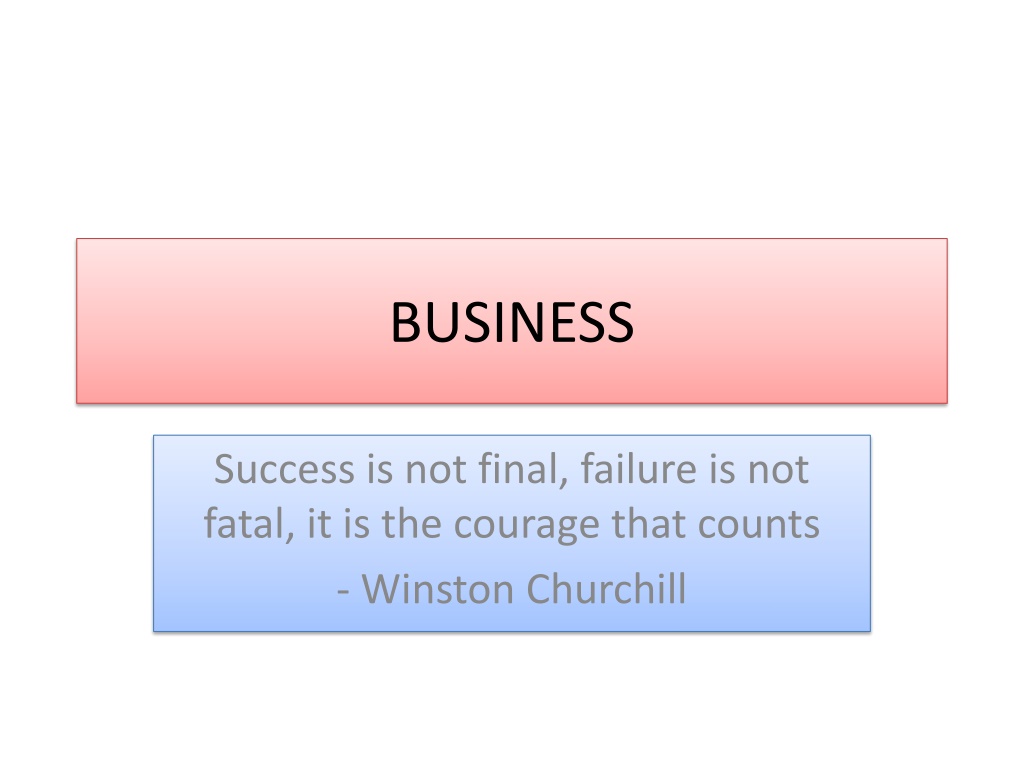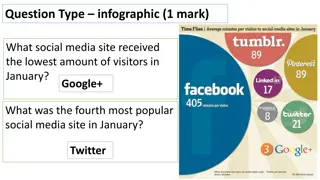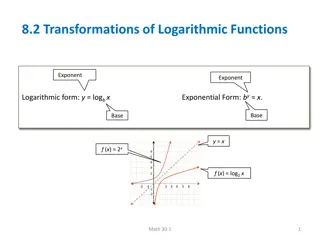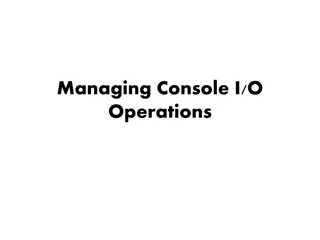Insights into Business: Definitions, Functions, Objectives, and Importance
Delve into the world of business with insights on its definition, functions, objectives, and importance to customers, businesses, and society. Explore traditional vs. modern concepts, the significance of setting clear objectives, and the role of courage in navigating success and failure. Understand the varied activities that make up business, from production to finance, and the impact on stakeholders and society.
Download Presentation

Please find below an Image/Link to download the presentation.
The content on the website is provided AS IS for your information and personal use only. It may not be sold, licensed, or shared on other websites without obtaining consent from the author. Download presentation by click this link. If you encounter any issues during the download, it is possible that the publisher has removed the file from their server.
E N D
Presentation Transcript
BUSINESS Success is not final, failure is not fatal, it is the courage that counts - Winston Churchill
Definition by Keith Davis Business is an organized effort by individuals to produce goods and services, to sell these goods and services in a market place and reap some reward for this effort. Features of Business 1. It is a well organized activity 2. Involves buying and selling activities 3. Dealings in goods and services 4. Profit plays a significant role 5. Business involves risks and uncertainties 6. Social responsibility
FUNCTIONS OF BUSINESS 1. Production function 2. Purchase and store keeping function 3. Marketing function 4. Finance function 5. HRM 6. R&D 7. Information system 8. Public relations
IMPORTANCE OF BUSINESS TO A) CUSTOMERS Satisfaction of needs of wants Better services due to market competition Variety of choices available Benefit of current trends B) BUSINESS Achieve the objectives Expansion Goodwill Optimum utilization of resources C) SOCEITY Employment generation CSR Industrial and economic
TRADITIONAL AND MODERN CONCEPT OF BUSINESS Traditional concept- more seller focused, only profit orientation Modern concept of business- more customer oriented, more focus on society and stakeholder satisfaction
CHAPTER 2 OBJECTIVES OF BUSINES The basic definition of business and of its purpose and mission have to be translated into objectives- Peter Drucker
OBJECTIVES According to Koontz and O Donnell, Objectives are the end towards which activities of any enterprise or department or project within it, are aimed Importance of objectives in business 1. Justify the existence of a business 2. Facilitate planning process 3. Facilitate correct decision-making 4. Bring uniformity in the activities of departments S- specific M- Measurable A- Attainable R- relevant T- time bound
STEPS IN SETTING BUSINESS OBJECTIVES 1. CONSIDER ENVIRONMENTAL FACTORS 2. CONSIDER RESOURCES OF THE ENTERPRISE 3. CONSIDER INDIVIDUAL DOMINANCE 4. CONSIDER VALUE SYSTEM 5. CONSIDER PAST OBJECTIVES 6. DETERMINE FINAL OBJECTIVES 7. IMPLEMENTION 8. REVIEW OF PERFORMANCE
CHAPTER 3 NEW TRENDS IN BUSINESS The world is changing very fast. Big will not beat small anymore.It will be the fast beating the slow. - Rupert Murdoch
LIBERALIZATION Reduction of Govt. control on business sector POSITIVE IMPACT OF LIBERALIZATION Higher growth rate BOT position improved Investment by NRIs and FIIs improved Rapid industrial growth
PRIVATISATION It is the process by which the government transfers the productive activity from the public sector to the private sector Positive impact of privatization:- 1. Permission to private sector for areas reserved for public sector 2. Sale of shares by public sector units 3. Encouragement to FDI 4. Permission to foreigners to buy shares of Indian units 5. Rapid expansion
GLOBALISATION Opening the doors of the national economy to the international economy Positive impact:- a. Increase in exports- more of services exports in the recent years b. More flow of FDI c. Increase in growth rate Negative impact a. Benefits not reached the poor b. Employment situation worsened
CHAPTER 4- RESTRUCTURING AND TURNAROUND STRATEGY
RESTRUCTURING Providing a new structure in place of the existing one The main aim of restructuring is to bring financial soundness to an enterprise Need for business restructuring:- a. Adjustment of capital structure b. Removing sickness of a business unit by reducing losses c. Introduction of modernization, expansion and diversification d. Adjustment in the product mix
RESTRUCTURING INCLUDES THE FOLLOWING 1. FINANCIAL RESTRUCTURING- restructuring of the capital of the company (related to finance) 2. PERSONNEL RESTRUCTURING- modification in the manpower/ employees of the company 3. MARKETING RESTRUCTURING- marketing aspects of an enterprise- e.g. advertisement campaign 4. Business and technical restructuring

















































